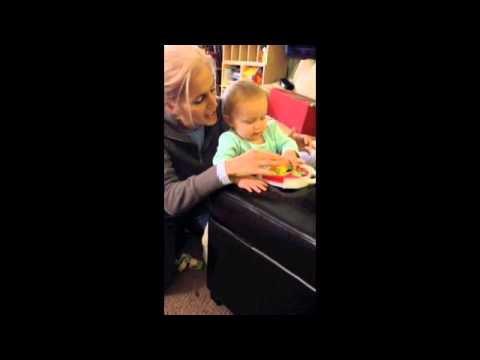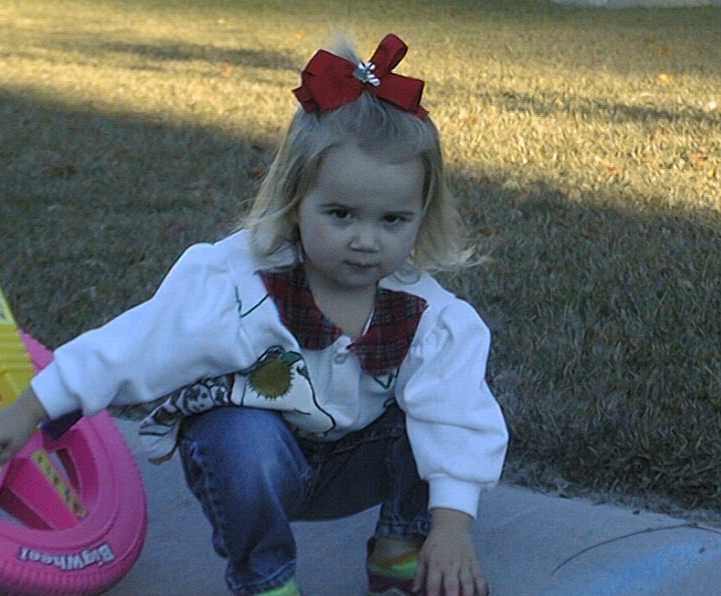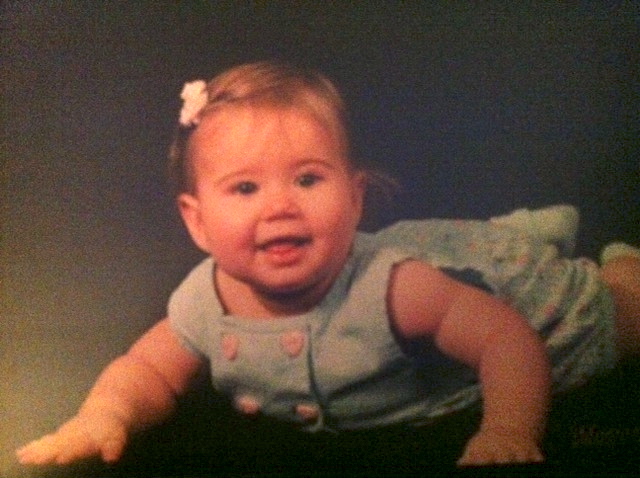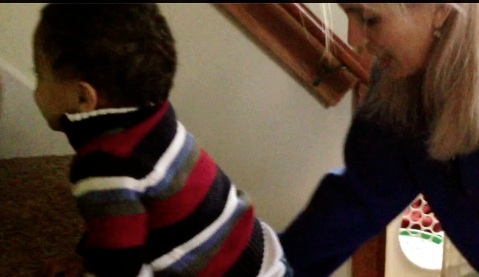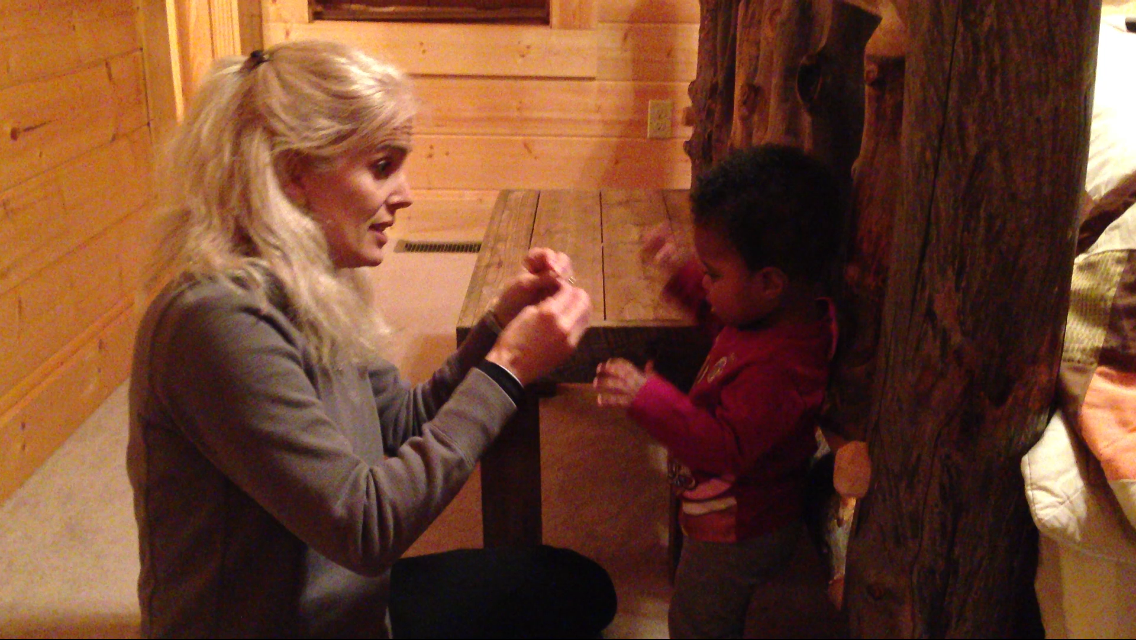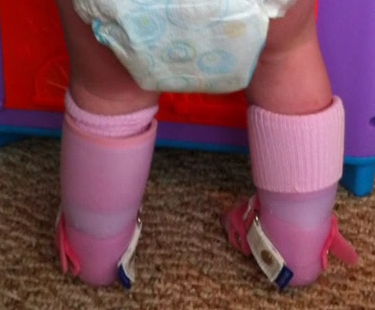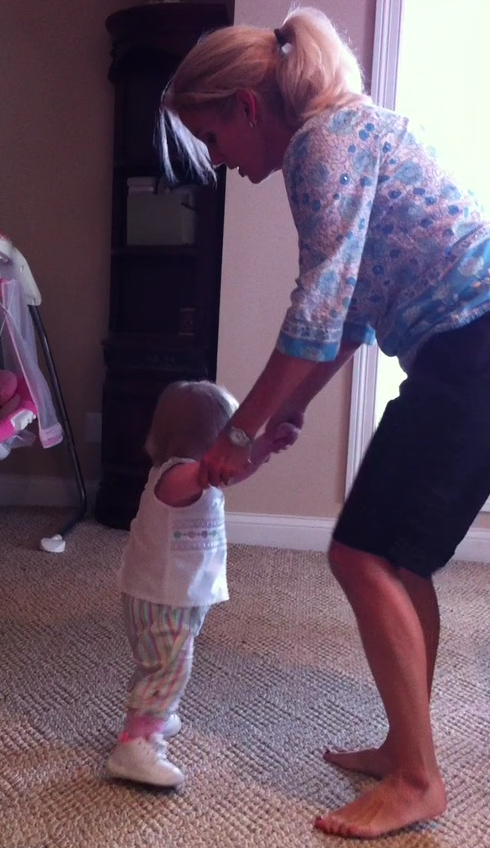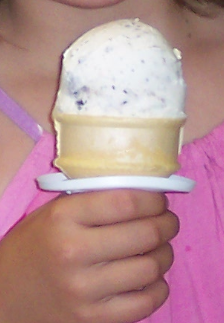Is it okay form my child to skip crawling?
Your baby needs to crawl in all fours the traditional way for many reasons. That being said, many babies do not do this and seemingly turn out fine. A few of these babies have some imbalances that may not be noticed while others may turn out okay. If at all possible, your baby needs to be in all fours. You can encourage this in several ways.
1.) Try placing her in a modified all fours position by having her kneel at a large pillow or couch cushion.
2.) Lay on the floor on your back and let your child pull up on you. Help her, if needed. She might just want to pull up to her knees and that is wonderful!
3.) Lay your baby on her back and bring her knees to her chest. Gently bicycle her legs and sing a simple song as you do this. Even patterning the movement like this will help kickstart the process!
4.) Put your baby on her belly and help her bring one leg up on one side to play. As she does this, she may be able to lift the arm on the same side to reach and that is great. You are helping her learn how to shift her weight. Now repeat on the other side. She may push off and go forward, which is a wonderful game–see the next item!
5.) On her belly, bring the leg up like you were doing in #4. Gently help her push forward by helping her at the foot and her bottom. Now do the other side. Be careful to help her keep from falling forward onto her face.
6.) Place your baby on her belly on a soft surface. Use a thin blanket under your baby’s arms and gently lift up to cradle her in the air slightly. Help her tuck her legs underneath to assume all fours position. Gently rock her side to side. If she loves this, help her move forward.
7.) Place your baby in all fours if she will let you. Keep your hand under her chest and her legs tucked underneath. Help her rock side to side and back and forth.
There are many more ideas but these will get you started!
If your baby is army crawling, she is on her way! Encourage your baby to crawl over your leg with assistance. If your baby is a scooter, this will work as well to help her stay in all fours longer. Make sure to help her by supporting her chest and keep her from collapsing as she goes over your leg. There are many other strategies that can be used. Email me if you want more information on this.
For available books on how to play with your child, click HERE

